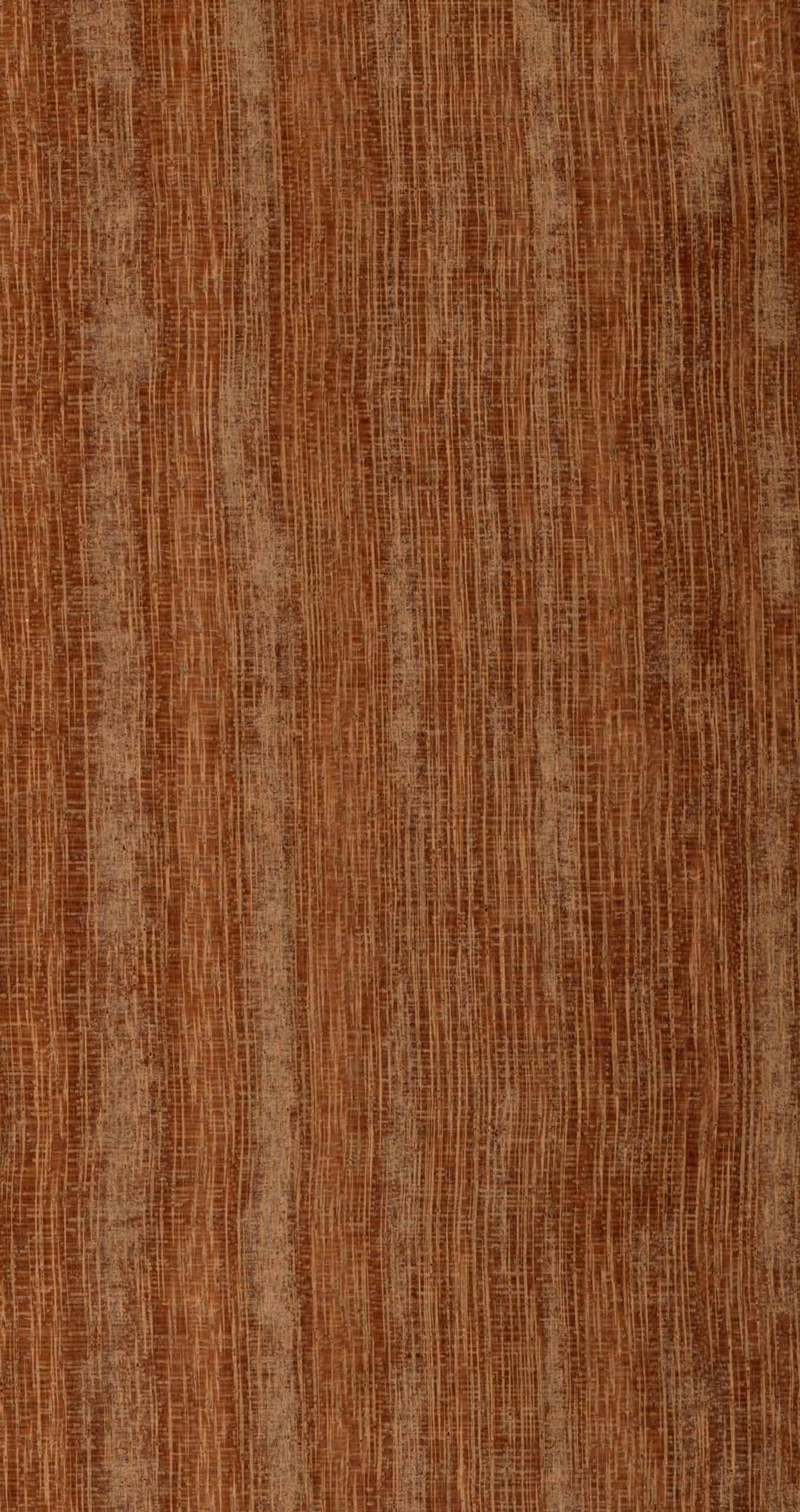The kempas tree is an exotic hardwood grown largely in rainforests throughout Asia. It’s not normally mentioned alongside other more commonly known woods but it has a beautiful color and grain pattern and is widely used in commercial applications.
Here are 7 kempas wood questions you were dying to get answered!
What is the kempas tree?
Better known by its botanical name Koompassia malaccensis, the kempas is an exotic and deciduous tree that sheds leaves on an annual basis. While the kempas typically grows 100′ – 130′ (30 m – 40 m) in height, you can also find trees growing as high as 196′ (60 m) in height on the high end.
The kempas grows large and visible root systems (buttresses) on all sides of the tree which are helpful for stabilization purposes especially since the trees tend to grow in moist, swamp-like conditions. It’s an emergent tree which means it tends to grow over top of other trees in the forest.
The leaves of the kempas tree are organized in a pinnate manner which means they grow on each side of a axis or stem similar to a human vertebrae, with 5 – 14 leaflets on each leaf. Leaves are green in color and are shedded from the tree each year, growing back the following season.
The kempas tree produces white colored flowers with fruit in pods comprised of a single flat seed inside.
What characteristics does kempas wood have?
Kempas wood is a reddish brown on the outside but appears more pinkish after being cut. Kempas wood has a coarse feel to it and the grain pattern can be straight or interlocked where the grain is in a circular spiral pattern around the wood.
Kempas is considered a stable wood which means it keeps its shape and form after harvesting and after having been used in an application such as being made into flooring or furniture.
You will often hear kempas wood mentioned in the same breath as mahogany given its coloration, elegant and high quality finish, and tight grain.
Kempas is known as being a very dense wood which can make it difficult to work with. As such it isn’t popular among woodworkers and tends to be used more for flooring.
While kempas wood stains well, it is a slightly acidic wood and can be corrosive when it comes into contact with metals.
Where does the kempas tree grow?
The kempas tree grows in Indonesia, Malaysia, Borneo, the Philippines and Papua New Guinea. Considered a tropical rainforest tree, the kempas grows throughout Southeast Asia in moist conditions.
Given that the kempas grows in wet rainforests, its survival is at least in part due to the long term viability and existence of the rainforests themselves.
Kempas trees tend to grow in areas under 1100 m in elevation.
What growing conditions does the kempas tree perform best in?
The kempas tree grows well in the following conditions:
Lowland areas: A lowland area is one that is generally at or below sea level. So you generally won’t find kempas trees growing on mountains or large hills.
Freshwater peat-swamp: Peat swamp forests are commonly found throughout Southeast Asia. They are tropical, moist wetlands that kempas trees are often found growing in. The constant wetness of the soil means the peat doesn’t have a chance to decompose and the trees are thus able to grow and thrive without fear of the dead leaves and other organic matter that exists among it.
Forests: Kempas trees generally grow in tropical rainforests and given the shrinking nature of many rainforests due to over forestation and other human effects, the kempas is often considered to be an endangered species.
What is the Janka rating of kempas wood?
Kempas wood has a Janka hardness rating of 1710 lbf (pounds-force) which makes it a relatively hard type of hardwood. The Janka hardness scale is used to compare the hardness of various woods to determine how much force is required to push a small steel ball bearing halfway through the wood sample.
The higher the Janka hardness rating in pounds-force (lbf) the harder the wood. The softest known wood is balsa wood with a Janka rating of 70 lbf and the hardest known wood is the Australian Buloke with a purported 5060 lbf rating.
While not as hard as woods such as the Brazilian walnut at 3600 lbf or Brazilian cherry at 2350 lbf, kempas is harder than common wood flooring options such as maple (1450 lbf) and white oak (1360 lbf).
Given its relative hardness compared to other woods, kempas is often used for flooring so the Janka rating system is thus helpful to compare wood to prevent floor damage from use, dogs, and regular wear and tear.
What is kempas wood typically used for?
Given its moderately high hardness, kempas has a wide variety of uses including:
- Wood flooring, both industrial and in the home given its rich look and durability.
- For staircases, doors, door frames and indoor paneling.
- In outdoor applications such as doors, shutters, furniture, gates and other closures.
- As a sliced veneer, in lightweight structures and other panels.
- In cabinetry, turned goods and other woodworking-based uses.
- In various other commercial uses such as railway ties.
- Fuel, as it burns well and produces high quality charcoal.
What threats does the kempas tree have?
Kempas trees are susceptible to dry wood insect borers and termites as their resistance to both is relatively low. Given the numerous commercial uses of kempas the threat of over harvesting and other human-related factors is also present.
One of the bigger threats to the kempas tree is the fact that they grow in rainforests. While forests cover around 30% of the world’s land area, rainforests are dwindling which will negatively affect the viability of kempas tree sustainability.
The decrease in rainforests is due to increased agriculture activity, over forestation, land clearing and most of all logging.

